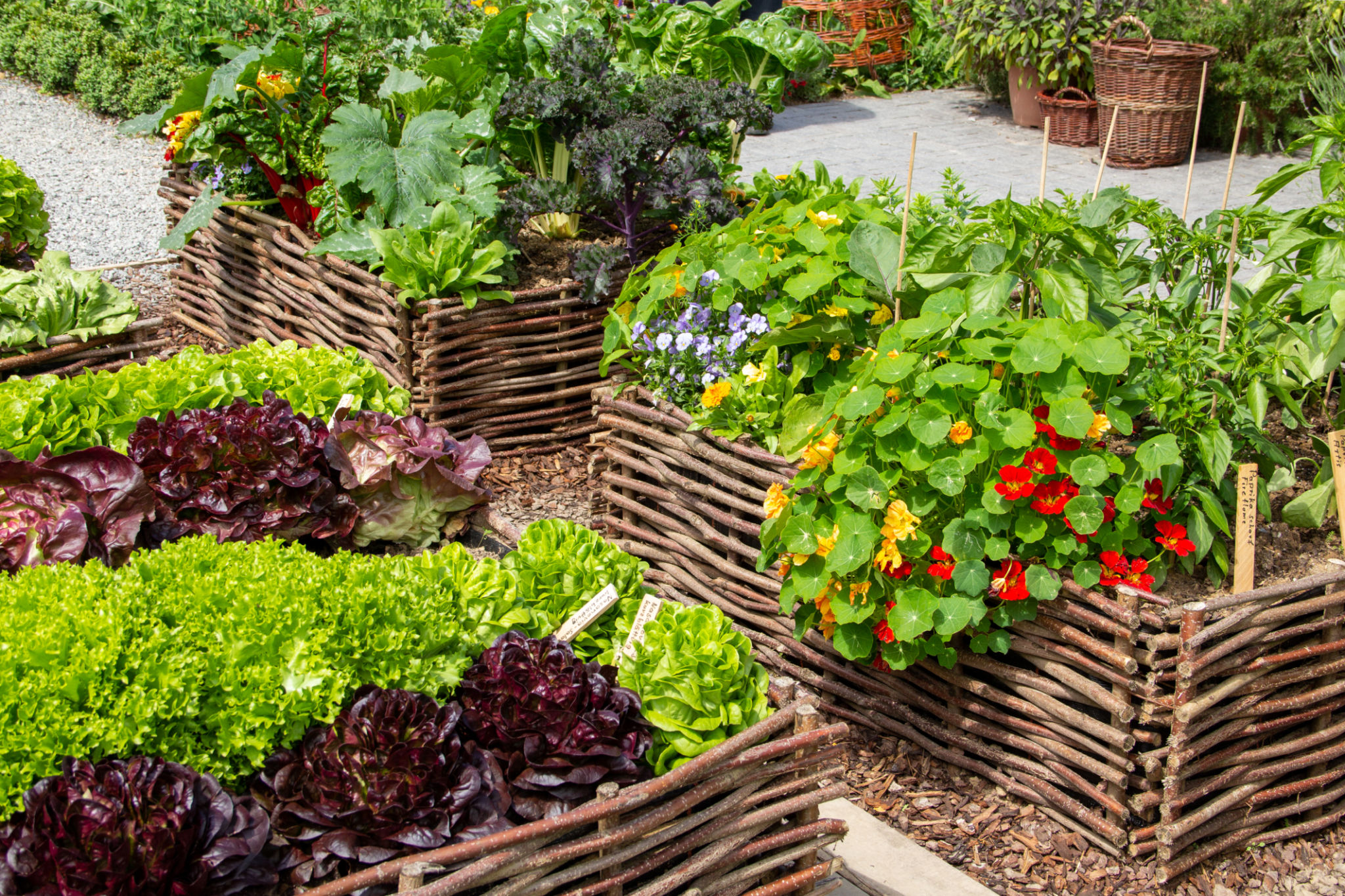Transform Your Garden into an Edible Oasis: A Comprehensive Guide
Understanding the Concept of an Edible Oasis
Transforming your garden into an edible oasis is an exciting venture that combines the beauty of nature with the practicality of growing your own food. Imagine stepping into your backyard and harvesting fresh, organic produce right from your garden. This guide will help you understand how to start this rewarding journey.
Creating an edible oasis involves replacing ornamental plants with edible ones, crafting a space that is not only visually stunning but also functional. By incorporating a variety of fruits, vegetables, and herbs, you can enjoy a colorful and bountiful garden throughout the growing season.

Planning Your Edible Garden
Before you start planting, it's crucial to plan your garden carefully. Consider the size of your space and the amount of sunlight it receives. Identify areas that are best suited for certain types of plants. For example, tomatoes and peppers thrive in full sun, while leafy greens like lettuce can tolerate partial shade.
Start by sketching a layout of your garden, taking into account the needs of different plants. Group plants with similar water and sunlight requirements together for easier maintenance. This planning stage will save you time and effort in the long run.
Choosing Your Plants
Select a diverse range of plants to create a balanced ecosystem in your garden. Consider incorporating the following:
- Fruits: Strawberries, blueberries, and apple trees are popular choices.
- Vegetables: Tomatoes, cucumbers, and zucchini are versatile options.
- Herbs: Basil, rosemary, and chives add flavor to meals and deter pests.

Implementing Sustainable Practices
Sustainability is key when creating an edible oasis. Use organic gardening methods to ensure your produce is free from harmful chemicals. Consider composting kitchen scraps to enrich your soil naturally. Rainwater harvesting can also provide an eco-friendly way to water your garden.
Companion planting is another sustainable practice that can benefit your garden. Certain plant combinations can deter pests and improve growth. For instance, planting marigolds near tomatoes can help repel nematodes.
Maintaining Your Edible Oasis
Regular maintenance is essential to keep your garden thriving. Ensure consistent watering, especially during dry spells, and monitor for pests or diseases. Pruning and weeding are necessary to promote healthy growth and prevent overcrowding.
Harvesting regularly encourages more production and prevents plants from becoming overripe. Enjoy the fruits of your labor by incorporating fresh produce into your meals or preserving them for later use.

Reaping the Benefits
Transforming your garden into an edible oasis offers numerous benefits beyond fresh produce. It promotes physical activity, reduces grocery bills, and contributes to a sustainable lifestyle. Additionally, gardening can be a therapeutic activity, reducing stress and improving mental well-being.
By following this comprehensive guide, you are on your way to creating a garden that not only provides nourishment but also enriches your life in countless ways. Embrace the journey and watch as your backyard transforms into a flourishing edible oasis.
